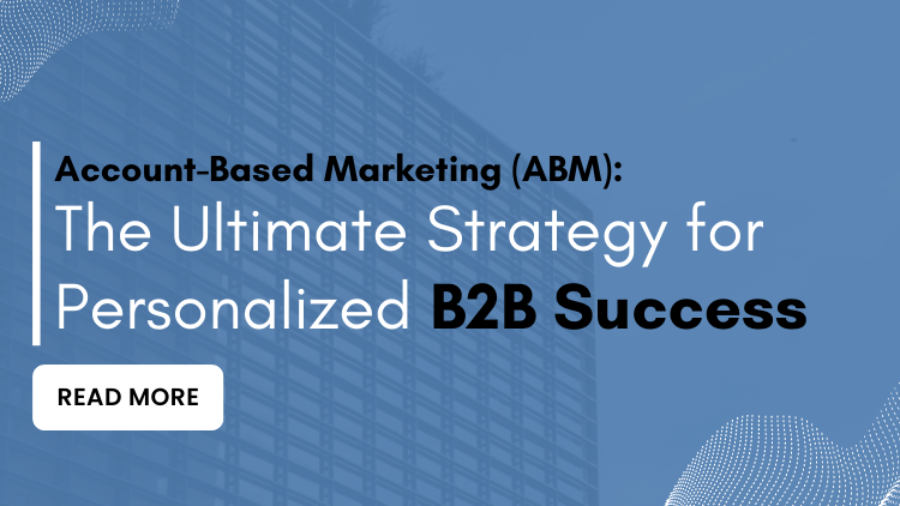In today's digital age, where businesses constantly strive to generate demand and attract quality leads, email marketing has emerged as a powerful tool in the realm of demand generation. With its ability to reach a targeted audience, deliver personalized messages, and foster lasting relationships, email marketing has proven its worth in driving conversions and nurturing leads. In this blog, we will explore the various aspects of email marketing and how it plays a pivotal role in effective demand generation strategies.
Segmentation: The Key to Relevance
Successful demand generation relies on delivering the right message to the right people at the right time. This is where email marketing truly shines. By segmenting your email lists based on demographics, interests, buying behavior, or other relevant criteria, you can ensure that your messages are highly targeted and resonate with your audience.
Personalization: Creating Meaningful Connections
In the era of information overload, generic messages tend to get lost in the noise. Email marketing allows you to go beyond mass communication and create meaningful connections with your prospects. By leveraging personalization techniques, such as addressing recipients by their names, tailoring content based on their preferences, or referencing their past interactions, you can demonstrate that you understand their needs and provide solutions that truly resonate.
Nurturing Leads: Guiding the Buyer's Journey
Demand generation is not just about capturing leads; it's about nurturing them and guiding them through the buyer's journey. Email marketing plays an integral and pivotal role in this process. Through automated email workflows and drip campaigns, you can deliver a series of timely and relevant messages that educate, engage, and build trust with your prospects.
Conclusion
Email marketing has firmly established itself as a cornerstone of effective demand generation strategies. With its power to segment audiences, personalize content, nurture leads, provide actionable insights, and automate processes, it offers businesses a reliable and efficient way to drive demand and achieve their growth objectives.




